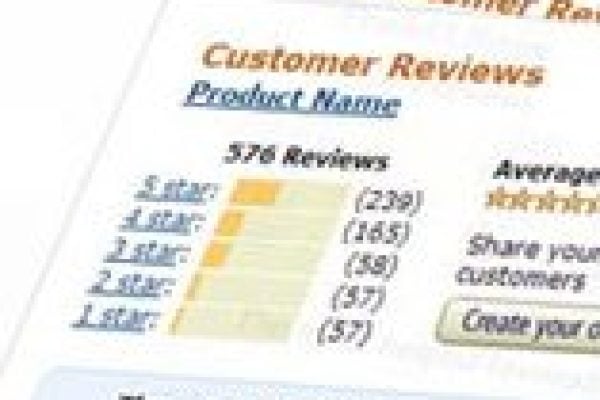 Wiser is a dynamic pricing and merchandising engine that monitors, analyzes, and reprices retail products in real-time. Wiser enables retailers to boost profit margins and revenue, price with confidence, and improve merchandising through a sound pricing strategy. Today Angelica Valentine from Wiser discusses how to discount intelligently and add value.
Wiser is a dynamic pricing and merchandising engine that monitors, analyzes, and reprices retail products in real-time. Wiser enables retailers to boost profit margins and revenue, price with confidence, and improve merchandising through a sound pricing strategy. Today Angelica Valentine from Wiser discusses how to discount intelligently and add value.
How Bundle and Volume Discounts Fit into Your Pricing Strategy
 All successful retailers want shoppers to buy more, but how can they do it? A mixture of psychological pricing and good old added value can make that a reality. Volume discounts and bundling are two ways to do this. They represent two sides of the same coin, giving the shopper a better deal in order to incentivize them to buy more.
All successful retailers want shoppers to buy more, but how can they do it? A mixture of psychological pricing and good old added value can make that a reality. Volume discounts and bundling are two ways to do this. They represent two sides of the same coin, giving the shopper a better deal in order to incentivize them to buy more.
Why Volume Discounts Work
Volume discounts are an effective strategy for many retailers that want to boost average order value and get products moving faster. This won’t work for all retailers, but it can work wonders depending on what they’re selling. Costco is a great example of this. The retailer is a master of quantity and price. When selling multiples, it’s much easier to have a super competitive price.
But of course all retailers can’t sell that many items at such low prices because it requires incredibly high sales and a large warehouse capacity. On a smaller scale though, this can still work for retailers of all sizes. Grocery stores are another great example of this. It’s easy to justify buying four to get a fifth free for items that don’t take up much space to store. Items that aren’t highly perishable and are relatively small are the best to offer volume discounts on.
How to Create an Effective Bundle
Many shoppers choose online retailers because they are so convenient. There’s no need to leave the house and the products they want will soon show up on their doorsteps. Bundling is a way to make the online shopping experience even more convenient by putting together what shoppers want at a lower cost.
An especially important marketplace to use a bundling strategy is on Amazon. A bundle on Amazon is considered a unique listing, making it a bit easier to win the Buy Box.
There are two ways to make bundling work. First, it’s a good way to get rid of items that aren’t selling well. This way you can include them as an additional item for a small extra cost. On the other hand, including top sellers in bundles can serve as social proof that shoppers so often want. This can be a win for both the retailer and the shopper. No matter how you choose to implement a bundling strategy, it has the ability to increase basket size and clear out inventory in a way that makes shoppers feel like they’re getting a good deal.
This is where data can help. Beyond obvious pairings, like bathing suits, towels, and goggles; dig deeper to find the uncommon things that shoppers often buy together and provide them as a recommended bundle. Read through reviews and learn about the other products that consumers usually use it with. When you provide a little extra value, shoppers will be more likely to return to your store.
How have volume discounts and bundling worked for your business?








